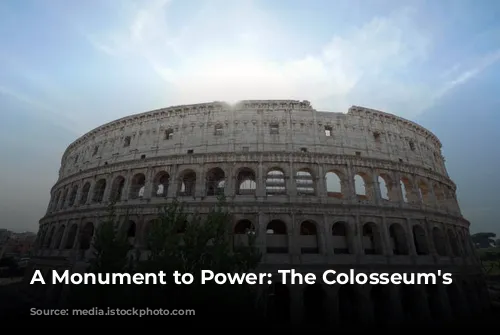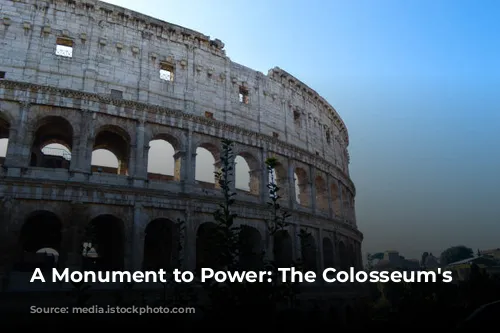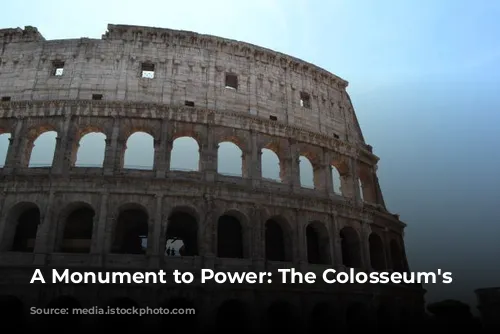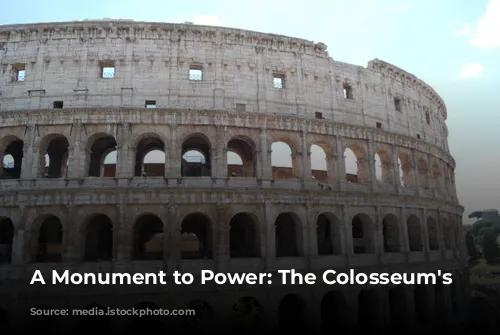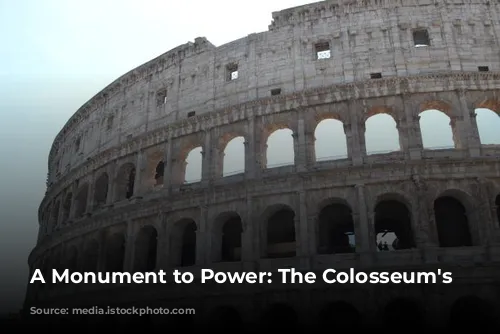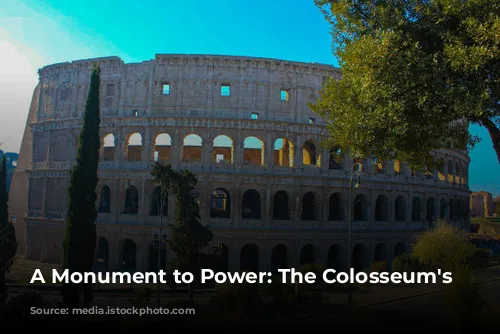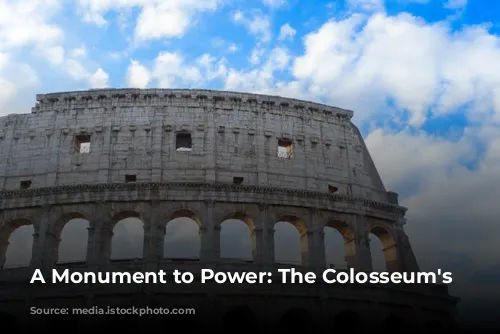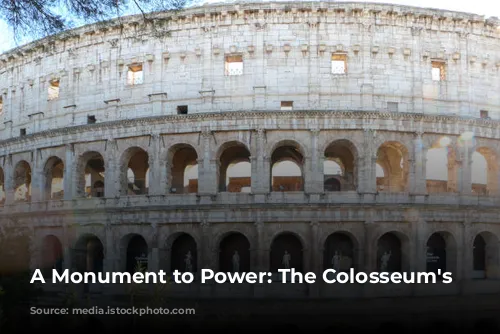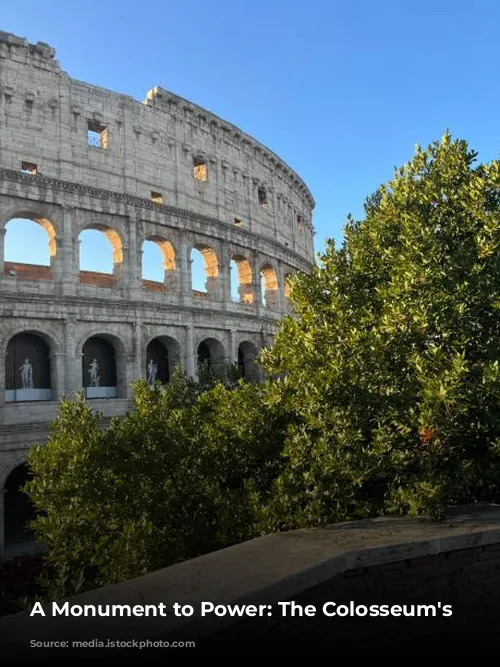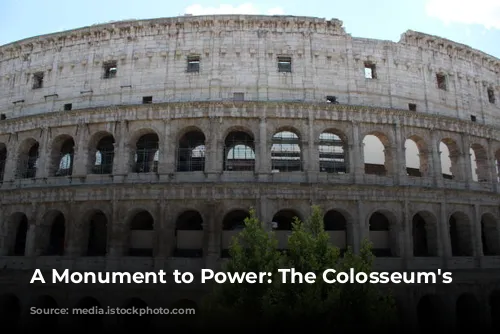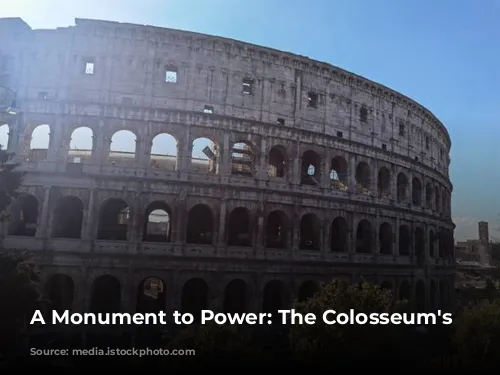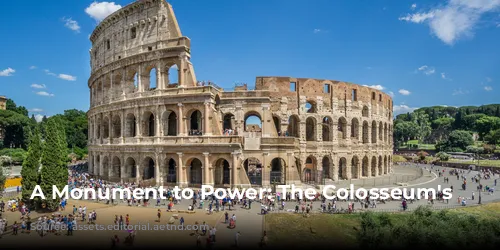The Colosseum, also known as the Flavian Amphitheater, is a towering testament to the architectural prowess of the ancient Romans. It stands as one of the most remarkable monuments of the ancient world, a captivating blend of architectural ingenuity and historical significance. While its brutal past as a site for gladiatorial combat is undeniable, the Colosseum transcends its bloody history to become a beacon of Roman grandeur and ingenuity.
From Ruins to Resurgence: The Flavian Dynasty and the Colosseum
The Flavian Dynasty, led by emperors Vespasian, Titus, and Domitian, embarked on a monumental rebuilding program after Rome was ravaged by fire, plague, and civil war. Their ambition to restore the city’s glory is palpable in the Colosseum, a symbol of their reign and a testament to their unwavering commitment. In 70 A.D., Vespasian ordered the construction of the amphitheater, funded by the spoils from the Roman siege of Jerusalem, a poignant reminder of Rome’s power and dominance. The Colosseum’s dedication ten years later marked a dramatic return to power and a symbol of Rome’s unwavering spirit.
A Marvel of Engineering: The Colosseum’s Construction
The Colosseum was a groundbreaking feat of engineering, surpassing all other amphitheaters of its time in size and complexity. Constructed primarily from concrete, travertine, marble, stone, and timber, it rose to an impressive height, equivalent to a modern 15-story building. Its massive scale could accommodate an estimated 50,000 to 80,000 spectators, showcasing the Romans’ ability to create structures that defied the limits of their time.
A Symbol of Roman Society: The Colosseum’s Social Structure
The Colosseum’s construction was not just a display of Roman ingenuity but also a reflection of their intricate social hierarchy. It was meticulously designed to cater to the rigid social order of Roman society, reinforcing the power dynamics of the time.
The best seats were reserved for the Emperor and senatorial nobility, providing them with a privileged view of the spectacle unfolding in the arena. Below them, the Equestrian order, merchants, artisans, and bureaucrats occupied their designated seating, creating a clear distinction within the amphitheater. The remaining 95 percent of Rome’s population, including women, foreigners, and the poor and enslaved, were relegated to the less desirable upper sections of the Colosseum.
A Triumph of Architecture: The Colosseum’s Design
The Colosseum’s innovative architecture transcends its purpose as a mere entertainment venue. It is a remarkable feat of engineering, a symphony of columns, arches, and barrel vaults, a testament to the Romans’ mastery of design and construction. Its grand design is deeply rooted in the architectural traditions of the Greeks, particularly their theaters, showcasing the enduring influence of classical architecture.
The Colosseum’s Enduring Legacy: From Antiquity to Modernity
The Colosseum stands as a testament to the Romans’ ingenuity, a symbol of their ambition and their unwavering commitment to architectural excellence. Its construction, an embodiment of Roman power and social structure, continues to fascinate and inspire generations. The Colosseum’s influence extends far beyond ancient Rome, serving as a blueprint for modern stadiums, showcasing its enduring impact on architectural design and its place in the annals of history.


